조선: Land of morning calm
Eun Yeoung Lee, Park Yelim, Vicky Kim, Jukhee Kwon
from April 2, 2025
Eun Yeoung Lee, Park Yelim, Vicky Kim, Jukhee Kwon
from April 2, 2025
News
Currently online
Off-site exhibitions
Upcoming off-site
ARCO: Nature inside out
Villa Arconati, Milano
Villa Arconati, Milano
Podcast
Collect Yourself
Collecting together
Collector's guide








